International
Spain and Mexico evoke 85 years of republican exile: “A great day for democracy”
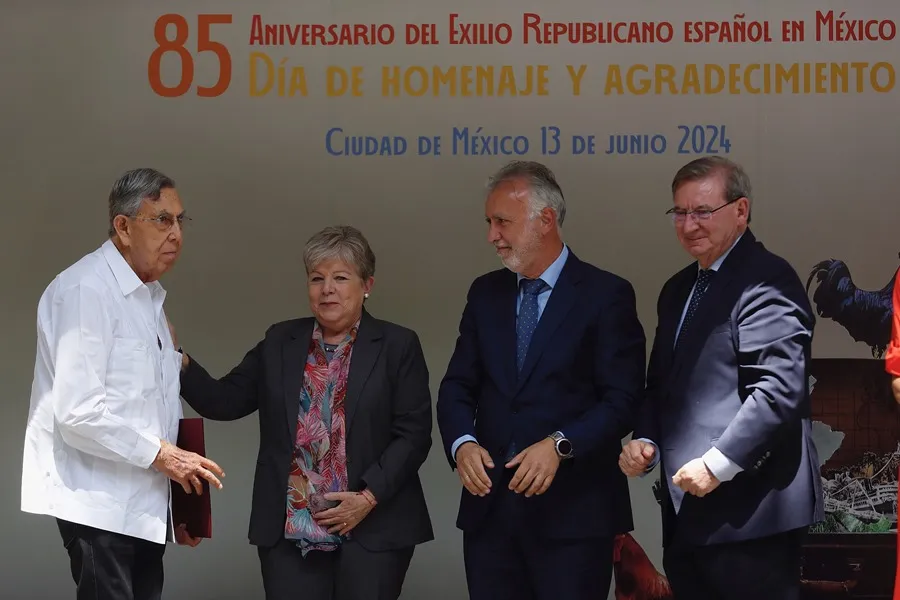
Spain and Mexico remembered this Thursday the 85th anniversary of the arrival of the “Sinaia”, the first ship with Republican exiles that arrived on the Mexican coasts in 1939, as a transcendental milestone in the “fraternal community” between the two countries and a celebration of “democracy.”
“The Sinaia was the first ship of exile, the first ship of hope (…) Today is a great day for democracy,” said the Spanish Minister of Territorial Policy and Democratic Memory, Ángel Víctor Torres, in his speech.
The event, held at the residence of the Spanish ambassador to Mexico, Juan Duarte, coincided with another June 13, 1939, when the ship arrived on the coast of Mexico in Veracruz with more than 1,500 people on board fleeing the dictatorship of Francisco Franco at the end of the civil war, between 1936 and 1939.
The ceremony was attended, in addition to the Spanish Minister Torres, the Secretary of Foreign Affairs of the Mexican Government, Alicia Bárcena; the Mexican politician and son of President Lázaro Cárdenas (1934-1940), Cuauhtémoc Cárdenas, as well as diplomats and representatives of the Spanish exile in Mexico.
It was precisely under the initiative of President Cárdenas that Mexico led to the arrival of Spanish Republicans, and it is estimated that in the period 1939-1942 between 20,000 and 25,000 Spaniards entered Mexico.
“Beyond the pain that has never gone, the exile brought very beneficial elements. He enriched Mexico and Mexico was enriched with the exiles,” said 90-year-old Cuauhtémoc Cárdenas.
The Mexican politician received one of the first diplomas of tribute and recognition given by the Spanish Government during the ceremony for the “indefatigable” work of his father and mother, Amalia Solórzano.
For his part, Bárcena stressed that the “face” of the exiles “was, is and will be fruitful” and consolidated that Spain and Mexico became “a fraternal and supportive community.”
The chancellor also narrated that the ship that left France with 1,598 passengers reached the coasts of Veracruz (Mexico), three weeks later with 1,599 with the birth of a baby on the crossing who was named Susana Sinaia, in memory of the boat and symbol of hope.
Remarking that his was the first visit of a minister of Democratic Memory to Mexico, Torres stressed “the length of exile.”
“How many suitcases bought, how many suitcases thrown away,” he lamented.
In addition to a historical drama, Torres said, it was “a huge loss of talent,” by citing among the figures who arrived in Mexico fleeing the Franco dictatorship the poets León Felipe, Manuel Altolaguirre and Luis Cernuda; as well as the philosophers María Zambrano and José Gaos.
Precisely, among the diplomas given to relatives were the Altolaguirre and Gaos and even some who traveled on board those first Spanish ships when they were barely boys and girls, such as the writer Angeline Muñiz Haberman, who read an emotional poem about the persistence of exile.
As part of the commemoration activities, the Spanish Government designated the historic Spanish Athenaeum of Mexico on Wednesday as the first Place of Memory abroad.
International
U.S. and Mexico Reach Deal to Address Water Deficit Under 1944 Treaty
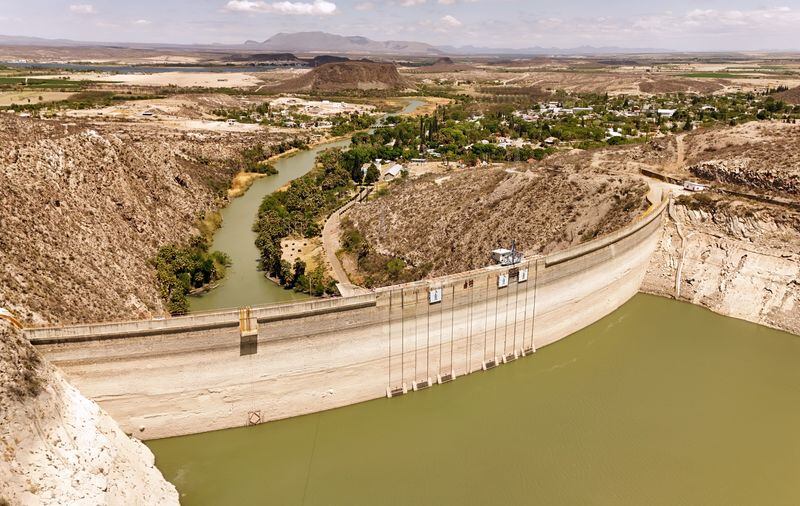
The United States and Mexico have reached an agreement to comply with current water obligations affecting U.S. farmers and ranchers and for Mexico to cover its water deficit to Texas under the 1944 Water Treaty, the U.S. Department of Agriculture said in a statement.
The department уточified that the agreement applies to both the current cycle and the water deficit from the previous cycle.
On Monday, U.S. President Donald Trump accused Mexico of failing to comply with the water-sharing treaty between the two countries, which requires the United States to deliver 1.85 billion cubic meters of water from the Colorado River, while Mexico must supply 432 million cubic meters from the Rio Grande.
Mexico is behind on its commitments. According to Washington, the country has accumulated a deficit of more than one billion cubic meters of water over the past five years.
“This violation is severely harming our beautiful crops and our livestock in Texas,” Trump wrote on Monday.
The Department of Agriculture said on Friday that Mexico had agreed to supply 250 million cubic meters of water starting next week and to work toward closing the shortfall.
Agriculture Secretary Brooke Rollins, quoted in the statement, said Mexico delivered more water in a single year than it had over the previous four years combined.
Trump has said that if Mexico continues to fall short of its obligations, the United States reserves the right to impose 5% tariffs on imported Mexican products.
Mexico’s Deputy Foreign Minister for North America, Roberto Velasco, said that a severe drought in 2022 and 2023prevented the country from meeting its commitments.
International
Several people shot in attack on Brown University campus

Several people were shot on Saturday in an attack on the campus of Brown University, in the northeastern United States, local police reported.
“Shelter in place and avoid the area until further notice,” the Providence Police Department urged in a post on X. Brown University is located in Providence, the capital of the state of Rhode Island.
U.S. President Donald Trump said on his social media platform Truth Social that he had been briefed on the situation and that the FBI was on the scene.
At 5:52 p.m. local time (11:52 p.m. GMT), Brown University said the situation was still “ongoing” and instructed students to remain sheltered until further notice.
After initially stating that the suspect had been taken into custody, Trump later posted a second message clarifying that local police had walked back that information. “The suspect has NOT been apprehended,” the U.S. president said.
International
Colombia says it would not reject Maduro asylum request as regional tensions escalate
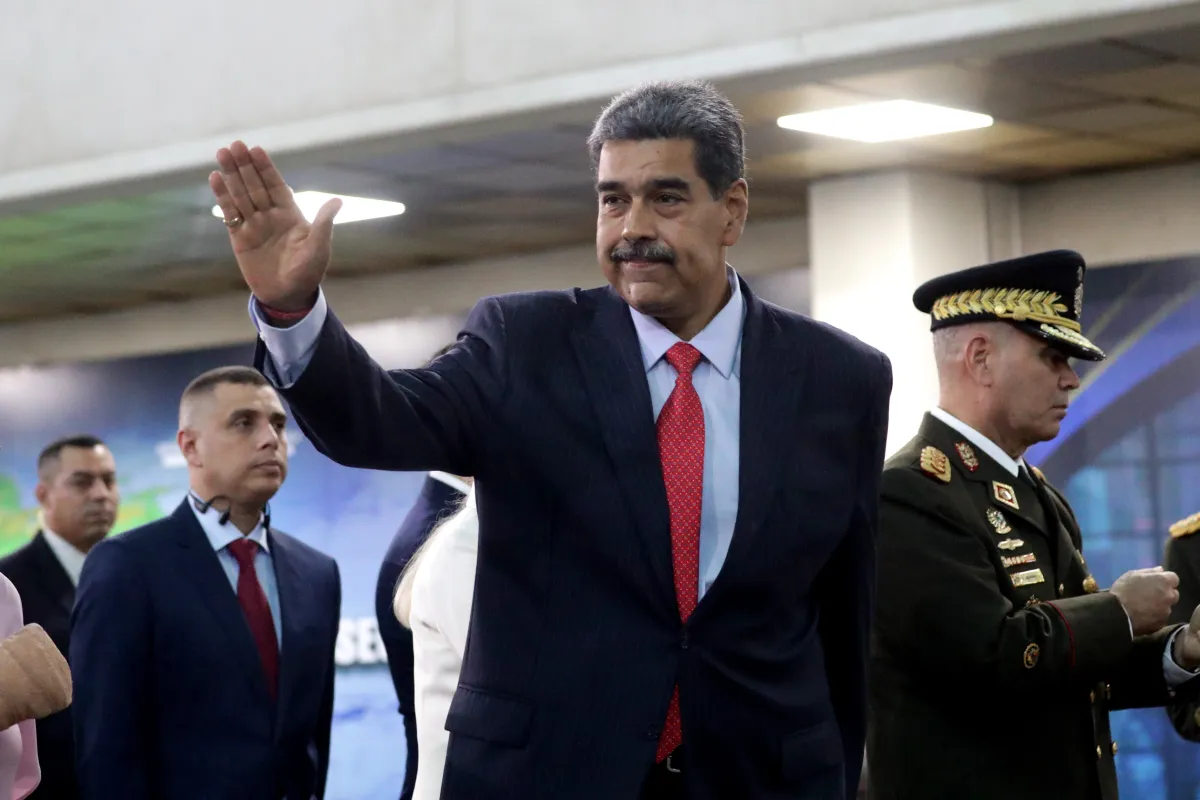
The Colombian government stated on Thursday that it would have no reason to reject a potential asylum request from Venezuelan President Nicolás Maduro should he leave office, as regional tensions persist over the deployment of U.S. military forces in the Caribbean since August.
“In the current climate of tension, negotiations are necessary, and if the United States demands a transition or political change, that is something to be assessed. If such a transition results in him (Maduro) needing to live elsewhere or seek protection, Colombia would have no reason to deny it,” said Colombian Foreign Minister Rosa Villavicencio in an interview with Caracol Radio.
However, Villavicencio noted that it is unlikely Maduro would choose Colombia as a refuge. “I believe he would opt for someplace more distant and calmer,” she added.
Colombian President Gustavo Petro also commented on Venezuela’s situation on Wednesday, arguing that the country needs a “democratic revolution” rather than “inefficient repression.” His remarks followed the recent detention and passport cancellation of Cardinal Baltazar Porras at the Caracas airport.
“The Maduro government must understand that responding to external aggression requires more than military preparations; it requires a democratic revolution. A country is defended with more democracy, not more inefficient repression,” Petro wrote on X (formerly Twitter), in a rare public criticism of the Venezuelan leader.
Petro also called for a general amnesty for political opponents and reiterated his call for forming a broad transitional government to address Venezuela’s prolonged crisis.
Since September, U.S. military forces have destroyed more than 20 vessels allegedly carrying drugs in Caribbean and Pacific waters near Venezuela and Colombia, resulting in over 80 deaths.
U.S. President Donald Trump has repeatedly warned that attacks “inside Venezuela” will begin “soon,” while Maduro has urged Venezuelans to prepare for what he describes as an impending external aggression.
-
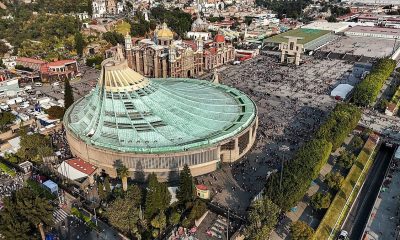
 International4 days ago
International4 days agoMexico City prepares for 13 million pilgrims at Basilica of Guadalupe
-
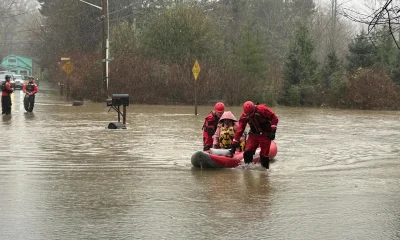
 International3 days ago
International3 days agoWashington declares State of Emergency as atmospheric river brings severe flooding
-

 International3 days ago
International3 days agoU.S. to require five-year social media history from tourists under Visa Waiver Program
-

 Central America4 days ago
Central America4 days agoHonduras’ electoral chief reports ongoing technical issues but says results remain intact
-
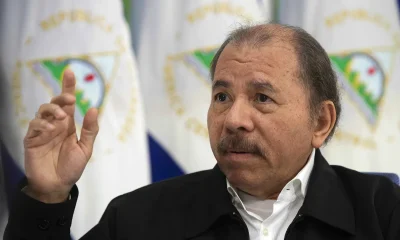
 Central America4 days ago
Central America4 days agoU.S. accuses Ortega regime of systematic human rights abuses in Nicaragua
-
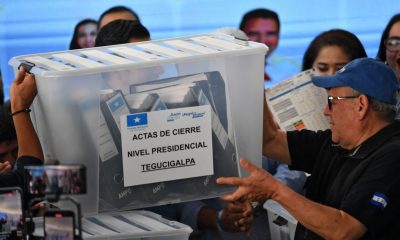
 Central America4 days ago
Central America4 days agoU.S. finds no evidence of fraud in Honduras election despite delays
-

 International2 days ago
International2 days agoCuba battles out-of-control dengue and chikungunya epidemic as death toll rises to 44
-

 Central America3 days ago
Central America3 days agoOAS and EU urge honduran political actors to respect vote results and avoid unrest
-

 Central America2 days ago
Central America2 days agoHonduras election crisis deepens as CNE president denounces intimidation attempts
-
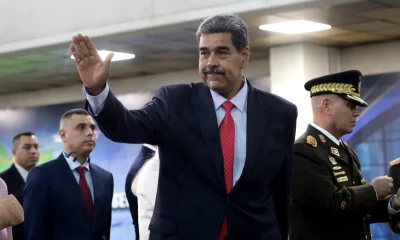
 International2 days ago
International2 days agoColombia says it would not reject Maduro asylum request as regional tensions escalate
-

 International21 hours ago
International21 hours agoSeveral people shot in attack on Brown University campus
-
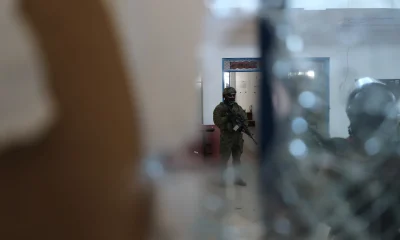
 International2 days ago
International2 days agoEcuador on track for record violence as homicides hit highest level in Latin America again
-
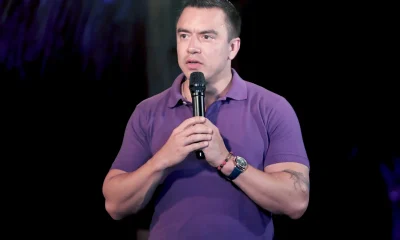
 International3 days ago
International3 days agoSix ecuadorian soldiers jailed pending trial for alleged extrajudicial execution
-
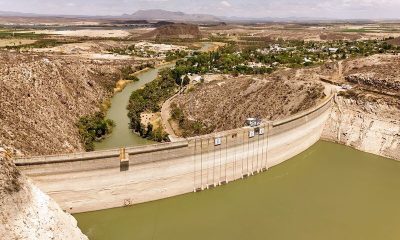
 International18 hours ago
International18 hours agoU.S. and Mexico Reach Deal to Address Water Deficit Under 1944 Treaty


























